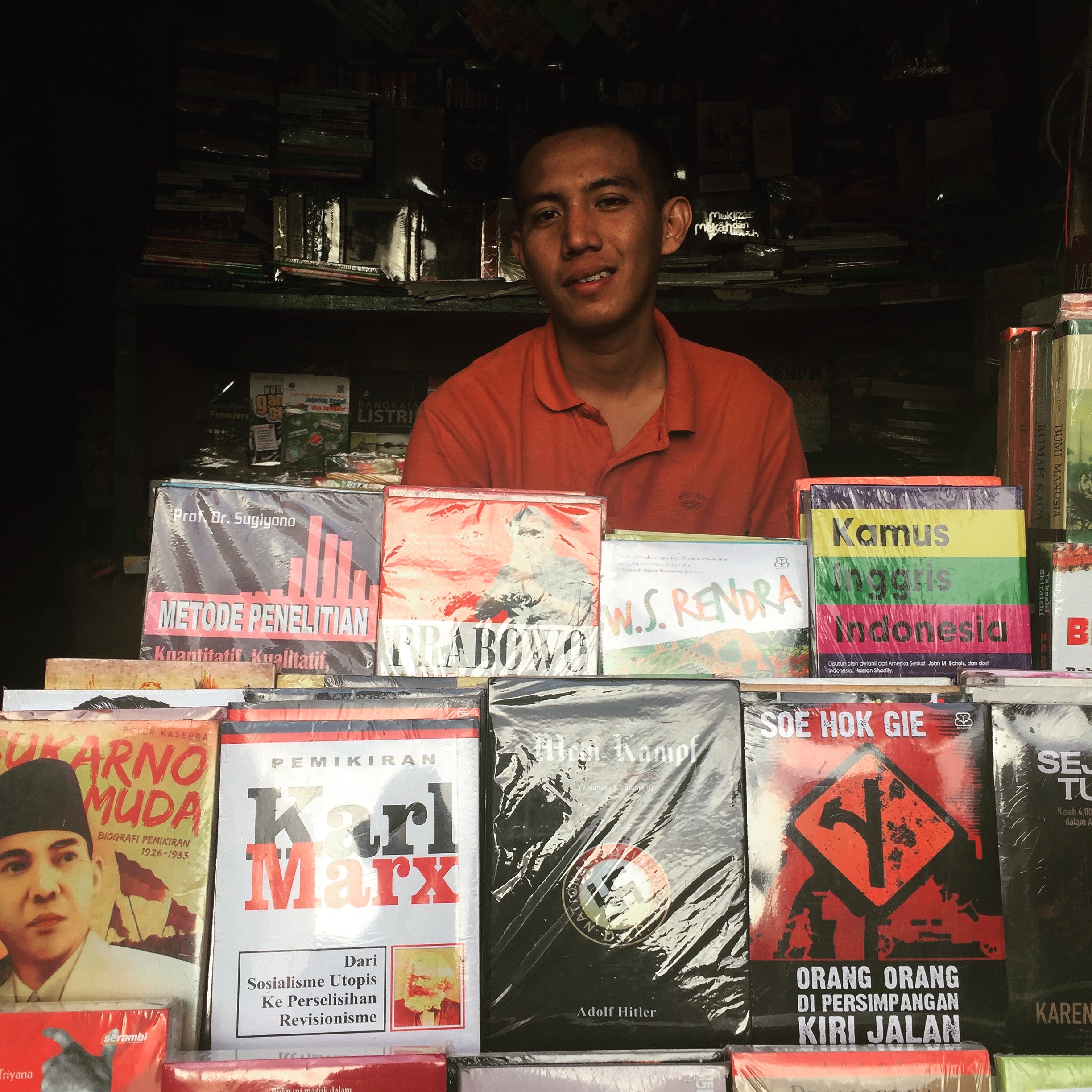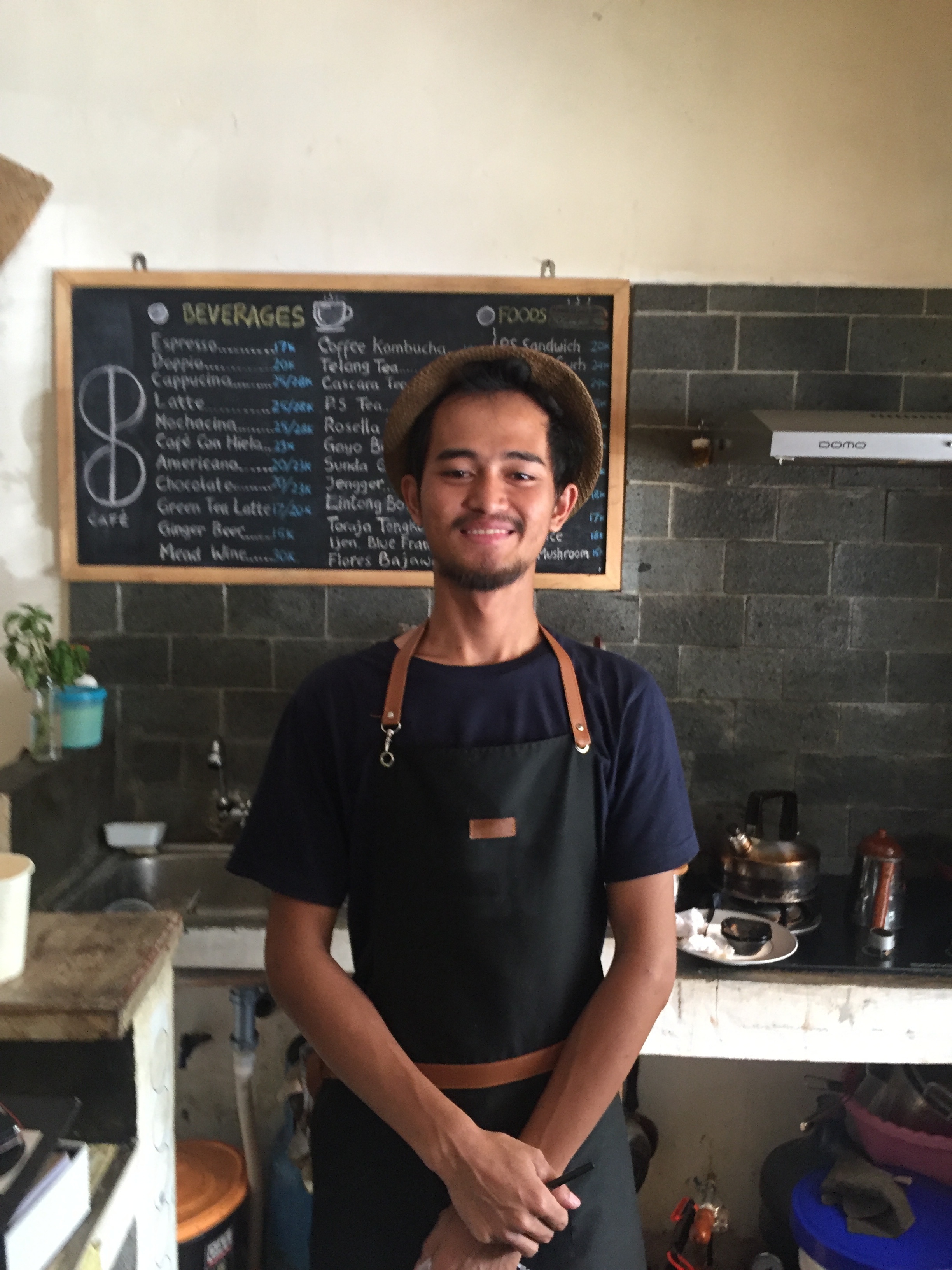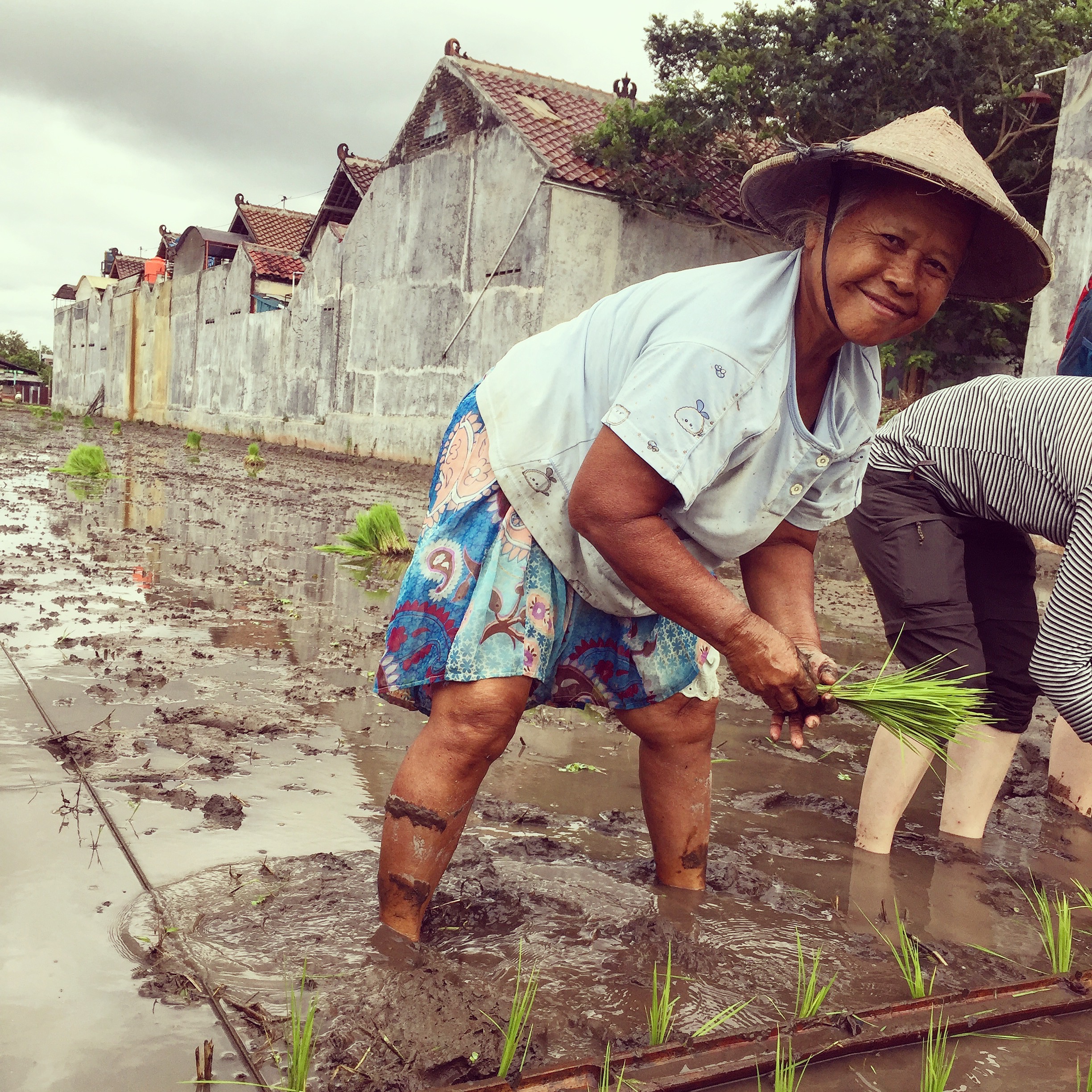A Network of Indonesian Creative Cities
In this final piece on Indonesian cities, we look at a network established to further a vision for what a locally relevant Creative City could be, with a biew on "Inclusive and Sustainable Prosperity for Indonesia."
We discovered in this series on Indonesia that its cultural workers have drawn on distinctly local philosophies, in particular Bersama Sama (togetherness), as a base from which develop unique practices that respond to the dynamics of their local context. These practices include a reliance on low tech/DIY ways of doing things, and, importantly, collectivization/DIWO (Doing it with Others). This has resulted in sophisticated methods of working which are bottom up, interdisciplinary, use alternative research methods, focus on local knowledge and wisdoms, and work to build strong local leadership.
UNESCO Creative Cities
The Indonesian Creative Cities Network (ICCN) can trace its roots to 2004, shortly before a number of Indonesian cities began to apply for a UNESCO Creative Cities designation. Cities were interested in enhancing their positioning nationally and internationally through branding, and as a way to focus state activities and investment. First Pekalongang became a UNESCO city of Crafts and Folk Arts, followed by Bandung as a City of Design. This has led to a other cities eager to follow suit. In the meantime both Solo and Bali, like Banding had developed local creative city structures with civil society involvement.
At that time many cities, keen to address their economic growth and job creation challenges, were being bombarded with a variety of new concepts, such as smart cities, creative cities and livable cities, and were not clear on how to orientate themselves in response, or to develop relevant policy guidelines. This created the context for the emergence of ICCN as an advocacy body.
A collective mural in Yogyakarta featuring the works of many of the streets active in the city
Starting the ICCN
The ICCN was started in 2014 by a small group of cultural workers from around the country, who came together voluntarily, to discuss the opportunities of a shift in interest from Indonesian cities in working with creativity as a policy instrument. The group decided to help sharpen the debate about the potential of the creative city concept and highlight how working with creativity can sustainably transform local contexts. They recognized that there were a number of illustrative case studies taking place at a community level which were not being acknowledged. Government was "too conventional" they realized, to understand or notice innovative practices at play. At the same time, communities who were being successful at shifting the paradigms were not approaching government because of a range of factors.
Working quickly and drawing on their collective databases, the group helped formally established ICCN in 2015 at a conference in the city of Solo. 52 regencies/city were present at the first conferences, represented by various stakeholders: including government officials, academics, cultural practitioners, community leaders, non governmental bodies. Since then the network has developed a 4 year plan and held annual conferences (Malang in '16 and Makassar in '17) with the 2018 conference planned for Yogjakarta. Each conference is hosted by a relevant government body in the region/city. The Makassar conference: Creative City Synergy has shown an exponential growth of interest, it attracted 600 conference delegates, including 100 local governments.
A Collective of Sorts
In true Indonesia style, ICCN has been led by a group of committed and visionary practitioners who have self funded the start up of the initiative. They use their own resources as a secretariat to meet regularly, drawing on board cities and others partners to host the annual conferences. They have consistently and strategically worked to establish a strong quadro-helix partnership (government, community, non profit, and private) and are planning to include media as a fifth partner. And though it has built a strong partnership with government, ICCN functions with full independence.
National government is committed to the creative economy as a strategic area of focus, influenced extensively by British Council lobbying and technical support. As a result, the ICCN has used the economy as a key starting point, but rather than placing an emphasis on creative industries, focuses on explaining creativity as added value, . It has, as a result, a broader societal focus, and stresses building on local actions that can foster inclusivity and sustainable prosperity. It calls its strategy "eating porridge from the edge" - with the hottest part of the porridge in the center, one needs to eat it from the edge, it is said. This describes how ICCN proposes growing knowledge by building from the periphery - from the smallest unit of village, to district, city, province, to national, and even potentially influencing the rest of the region. Thus the strategy effectively considers how to scale from bottom up rather than impose any specific model.
In terms of activities ICCN recognises the need to have an open model rooted in an evidence based approach and as a result research, mapping and evaluation are given significance, with an understanding that each partner will come with different competencies and capacities to the table.
A BRT Station in Yogja
Critically important at the early stage of setting up ICCN was the development of a set of 10 principles to guide the notion of a creative city, inspired in part by the Bandung Declaration. These principles are rooted in support for social life, culture and cultural interaction, sustainable environments, viability and accessibility. Thus the 10 points include principles around compassion, inclusivity, protection of human rights, honoring the creativity of all, sustainable and harmonious growth, using historical wisdom towards renewing better futures for all, well managed cities rooted in civic participation, fulfilling the basic needs of its society, using renewable energy, and providing adequate public facilities for all, including its most vulnerable and challenged.
This is a powerful set of ideas for more just and efficient cities, that could help sharpen the ways in which local municipalities work with civil society, and it provides a strong basis for quiet advocacy from the cultural sector and the secretariat.
What's working?
The most important successes of the project to date is the connectivity and confidence that a sharing platform brings. People do not have to feel alone anymore and this is particularly important for smaller cities, outside of Java, where there isn't the ready access that bigger cities have to accelerated peer learning, greater access to academia and learning from international exchanges.
Innovative bamboo structure at the Bumi Pemuda Rahayu initiative outside Yogjakarta
At the same time there are important cases coming from smaller communities, such as those working innovatively with environmental issues. One example shared at the latest conference was a seed bank initiative, which focusses on working with native seeds, developing good standards, and so doing enable healthier crops. Other examples dealt with reintroducing architectural ideas rooted in local traditions, valuing intangible heritage and the knowledge passed on by ancestors. For centuries people have developed unique methods of building, that work harmoniously with a place's particular climates and ecosystems. These knowledges have often been jettisoned for unsustainable methods brought from elsewhere - these can end up being damaging to the environment and in the long run are costly and ineffective approaches, not relevant for local conditions.
Showcasing projects such as these have helped build stronger links between communities who have similar experiences, demonstrating the importance of peer to peer learning. Showcases have also become a key way to further advocacy with government. The ICCN secretariat recognizes that while more financial support from government for creative city initiatives would be helpful, what is more important are good policies and a facilitative approach. What is needed is a greater focus on the participative, for enhancing the ability to listen better and for growing awareness of local context and assets: these are essential for fostering a more effective practise. Although it is hard to work with the complexity of government structures and their systems, the ICCN team seek out champions in bureaucracy and stress how grateful they are when they find such individuals. They are committed as a result to support and nurture such individuals as resources in themselves.
A stall taking graduation photos
A key area of concern at the Makassar conference was the development of an academic forum to foster greater research into creative city developments at the Indonesia urban level. As a result of this commitment to the research agenda, a burgeoning group of researchers working on these issues has now been brought together. This positive development builds on the ICCN's interest in evidence based work. It is sure to foster a new set of leaders to influence ongoing innovations in governance and practice and to help develop stronger evaluatory instruments.
LEARNING FROM ICCN
ICCN shows us that collectivization does not only have to work at a localized scale, but if rooted in the local, with a more expansive view, it can have tremendous broader impacts. Vital is a mindset that recognizes the importance of working with champions within institutions, connecting community drivers and supporting emerging researchers. By building capacities, confidence and capabilities, a new breed of leadership is fostered. Necessary too is a clear plan of action, rooted in principles and with a vision for a future than can be inspiring yet realizable. By working with what is available, consistently and strategically the ICCN team show the power of group work. Placing the importance of evidence based work high on the agenda, sharing cases and growing a facilitative practises enables rooted action
The Indonesian Way
In the last 7 weeks, we have explored a range of locally relevant practices used by cultural workers in Indonesian cities for fostering sustainable transformation. These practices are strongly rooted in compassionate and inclusive approaches that stress the importance of communal activities and of valuing the commons. Working from neighborhoods, to the scale of the city and at national scale, collective action has managed to achieve significant changes and provides inspiring perspectives for others in challenged contexts. Ultimately we can learn that it's not about the money, but rather its about acting from values, having a proactive attitude, a willingness to listen to others, to learn from context and working strategically with everything you have. This is only some of the exciting work being done in culture in this challenged but dynamic society and I hope it opens the space for readers to explore more about the cultural development work in Indonesian cities.
Thank you to Felencia Hutabarat, one of the key individuals involved in ICCN, for an interview which forms the meat of this piece.








